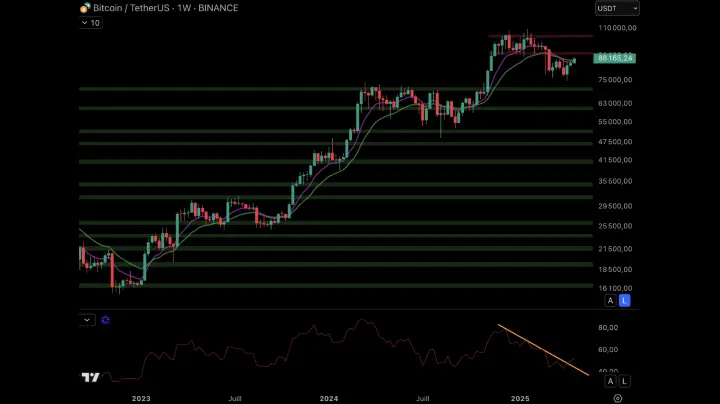Since its creation in 2009 by Satoshi Nakamoto, Bitcoin has evolved from a niche interest into a global leader in cryptocurrency. Looking ahead to 2025, several trends will shape its future.
Increased Institutional Adoption
Institutional investment in Bitcoin has grown significantly. Companies like Tesla and MicroStrategy have added Bitcoin to their balance sheets, and this trend is likely to continue. By 2025, Bitcoin could become a standard part of institutional portfolios, with more traditional financial firms offering crypto products and services.
Regulation: A Double-Edged Sword
Bitcoin faces regulatory uncertainty, with some countries adopting Bitcoin-friendly laws and others remaining cautious. By 2025, we may see a clearer regulatory framework. Strict regulations may limit innovation, but clearer guidelines could boost investor confidence and adoption.
Bitcoin as a Store of Value
Bitcoin is increasingly viewed as a store of value, similar to gold. Investors consider it a hedge against inflation and economic uncertainty. By 2025, Bitcoin’s role as a store of value could solidify, especially in regions with unstable currencies or in times of global market volatility.

Here's what source writes: “Bitcoin Price Jumps to Resistance at $92,000. Since the beginning of the year, sellers have had the upper hand over the Bitcoin price. But buyers have finally shown interest in the crypto king. Traders have shown interest in the price below $80,000, and the price is moving towards resistance at $92,000.”
Scalability Solutions and Network Upgrades
Bitcoin's scalability remains a key issue. While the network's transaction capacity is limited, solutions like the Lightning Network aim to address these concerns. By 2025, improvements in scalability could enable faster and cheaper transactions, making Bitcoin more practical for everyday use.
The Path Forward
Bitcoin’s future looks promising, but it depends on overcoming challenges like regulation and scalability. If Bitcoin adapts to these hurdles, it could play a crucial role in the global financial system by 2025.
